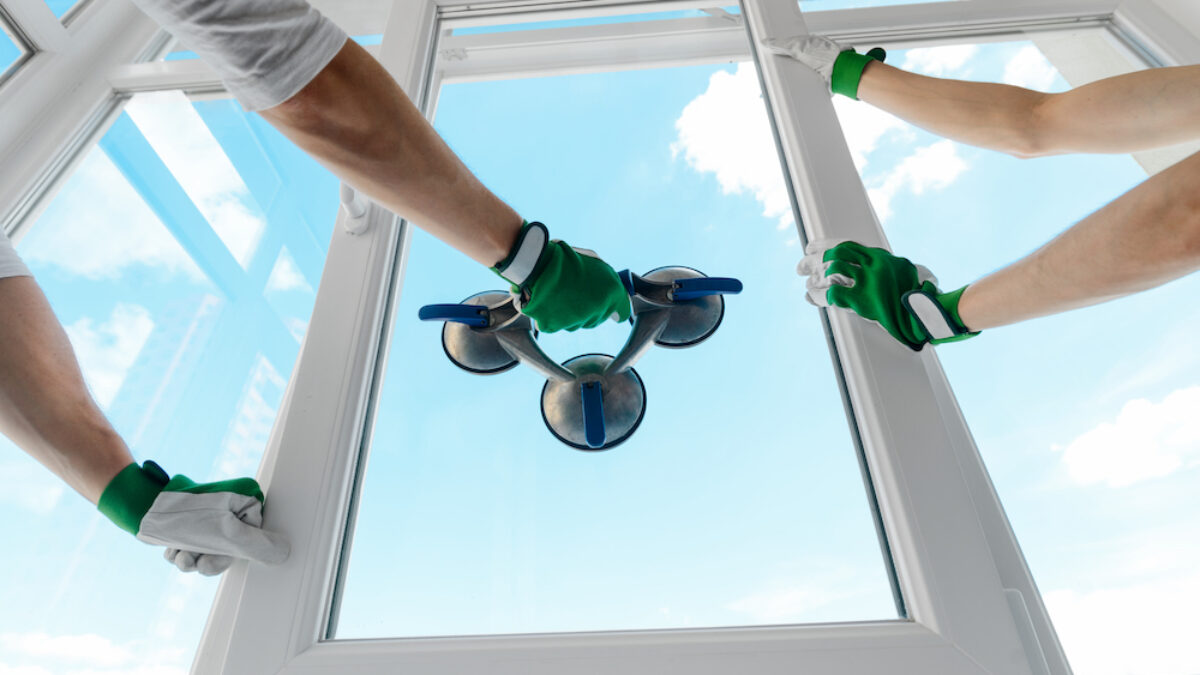
Apply A Water Repellent On A Facade: Our Tips
A water repellent is a compound that makes it waterproof when applied to a given surface. But applied to a facade, it serves more to protect it from any moisture and, therefore, from external attacks. If you are looking to apply layers of water repellent to your facade, here are some tips that will help.
Choose a type of water repellent

To apply a water repellent to your facade, start by choosing the type that would suit your needs. There are two standard types of water repellents that are applied in the same way, but they certainly don’t work the same way. You may wish to consult a professional for advice.
Solvent-based waterproofing
First, solvent-based water repellent is generally used for façade renovations. It must be said that many people like to use this type of solvent because of the many benefits associated with its use. First of all, solvent hydrolysis can be applied to any facade, whether it has already been treated once with hydrolysis or not. You have the possibility of applying several coats of solvent hydrolysis, and this in a periodic way. The only disadvantage to this type of hydrolysis is that it is very harmful to the environment. Because it is solvent-based, it gives off a rather unpleasant odor that is polluting the environment and, at the same time, dangerous to health.
Acrylic waterproofing
Unlike solvent-based waterproofing, acrylic waterproofing is perfect for new construction. It is known to be able to adapt to any façade, whether it is dry or wet. You certainly don’t have to wait to treat your wall after you build it. On top of that, acrylic water repellent is very environmentally friendly. It has no harmful effects on the environment or yourself. The only thing you need to be careful of is that it takes quite a while for this compound to dry out. So make sure that no rain will come and make the acrylic water repellent run before it dries.
Start applying the water repellent

Once you know what water repellent you’re going to use, it’s time to get to work. Get yourself a brush to use as your equipment. Simply use the brush to apply the water repellent to the entire façade.
If you are using the solvent-based water repellent, you will need to ensure that the façade is completely dry before you begin applying the compound. The treatment can easily come off if the wall is not completely dry before applying the water repellent. This limits its ability to integrate with the facade and therefore increases its ease of removal.
Although acrylic water repellent is not harmful, it is safer to protect yourself on a job site. On the other hand, it is imperative to cover your face with a mask. This prevents you from being exposed to the odor and toxins released from the water repellent, especially the solvent one.
Use a sprayer
When applying water repellent to the facade, it is not easy to reach all the layers with a brush alone. That’s where the sprayer comes in. Thanks to its powerful jet, it allows you to fill in gaps with your water repellent easily. You can then spray your entire façade with the sprayer. The advantage of this is that it will give you a uniform appearance of the work done.
Test the waterproofing of the facade

Applying water repellent along a wall is a way to make it waterproof. Once the job is done, the least you can do is test the effectiveness of the applied water repellent. To do this, subject your façade to a water test. Knowing that if the water repellent application is successful, the wall should not absorb any water.
Sound off in the comments section below and tell us what you want to read next and if you want to read more about waterproofing your facade.
